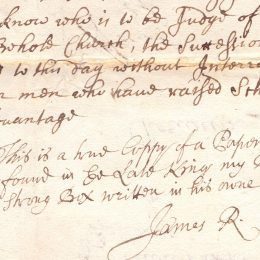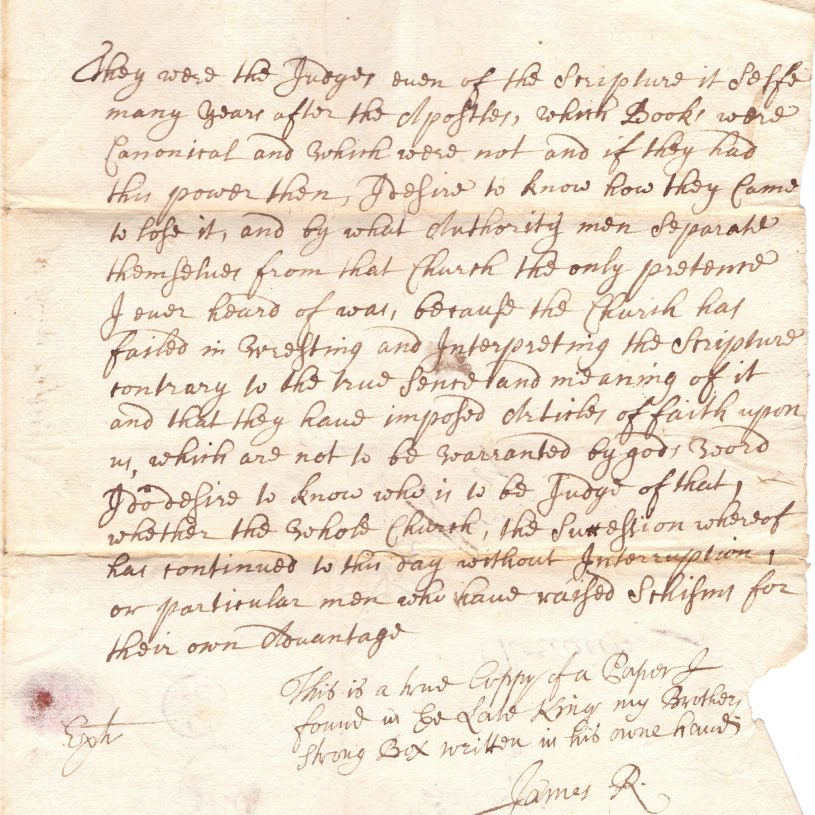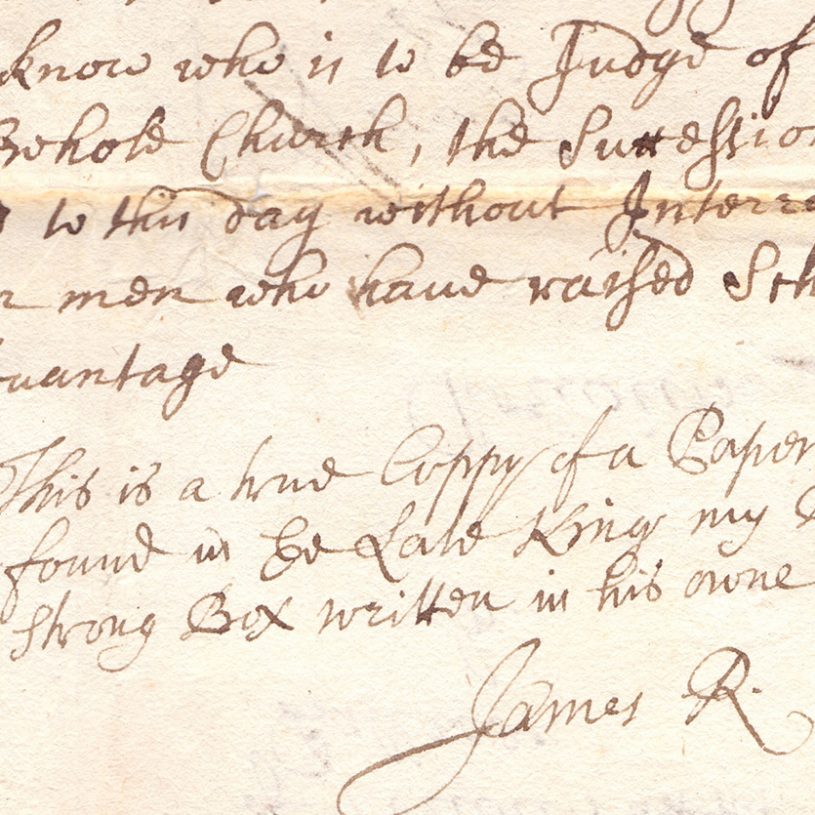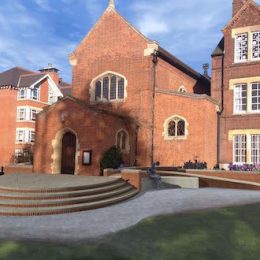Exploring the world of art, history, science and literature. Through Religion

Welcome to TreasureQuest!
Look through the treasures and answer the questions. You’ll collect jewels and for each level reached, earn certificates.
How far will you go?
You need an adult’s permission to join. Or play the game without joining, but you’ll not be able to save your progress.






Are there links to current religious practices or a modern equivalent?
Religious discrimination and persecution still exists to a greater or lesser extend around the world today. It can range from being told you can’t wear a certain article of religious clothing, to being imprisoned or killed for your beliefs. Some people may still choose to conceal their religious beliefs for many reasons, such as fear of harassment, losing out on a job, or fear of bodily harm.

Where is it from, where is it now?

Websites
Encyclopaedia Britannica
James II, King of Great Britain and Charles II, King of Great Britain and Ireland
BBC Historm- The Glorious Revolution
The Glorious Revolution ultimately established the supremacy of parliament over the British monarchy, but how did the deep-seated fear of ‘popery’ precipitate the events leading up to it?
Videos
An Unsettled Settlement: The Restoration Era, 1660-1688
Books



Fighting the Antichrist: A Cultural History of Anti-Catholicism in Tudor England
Leticia Alvarez Recio
2010, Sussex Academic Press
Intermediate
James II
WA Speck
2002, Routledge
Intermediate
The Letters of King Charles II
Arthur Bryant
1968, Funk & Wagnalls
Intermediate
Popery and Politics in England 1660-1688
John Miller
2008, CUP
Intermediate
The Popish Plot
John Kenyon
2000, Phoenix












 Faculty of Divinity
Faculty of Divinity